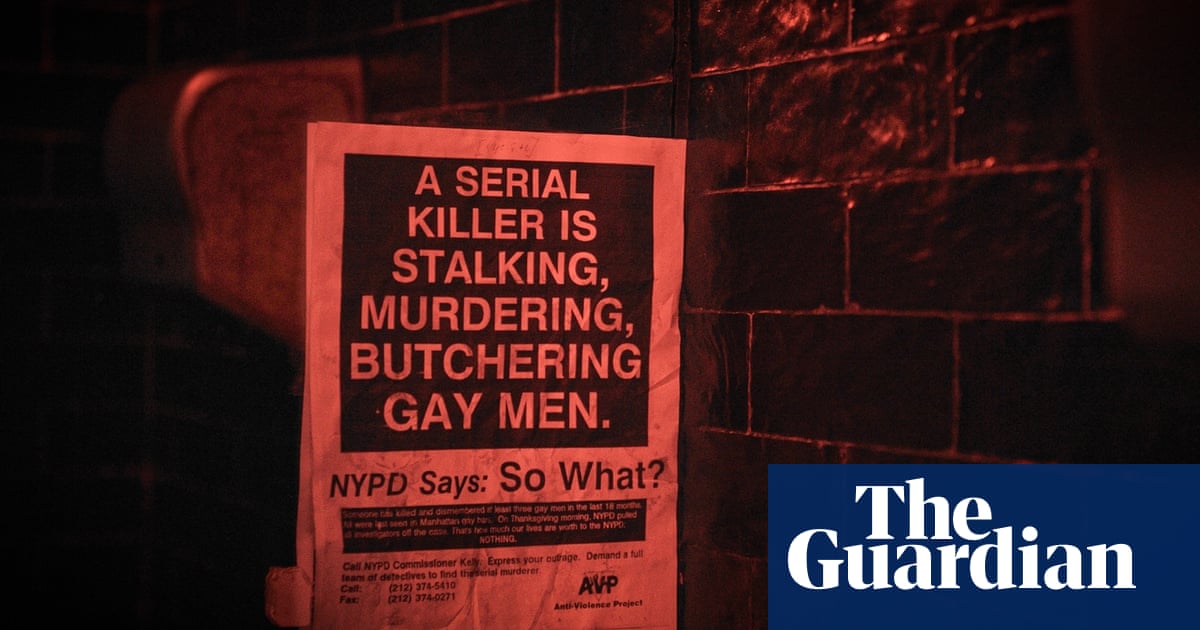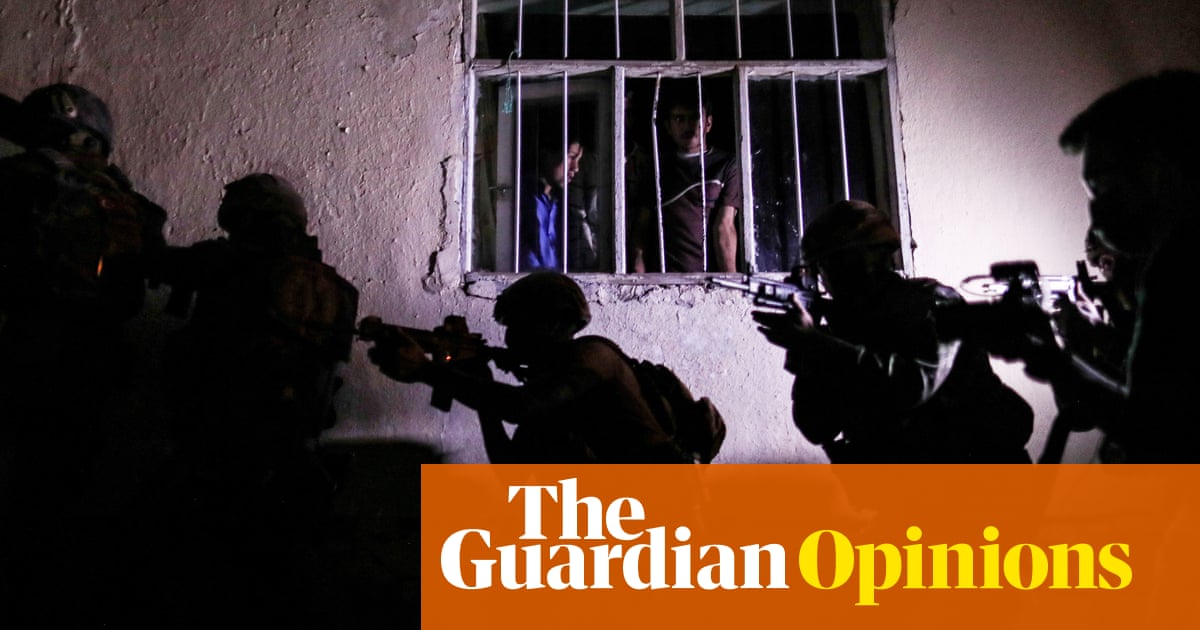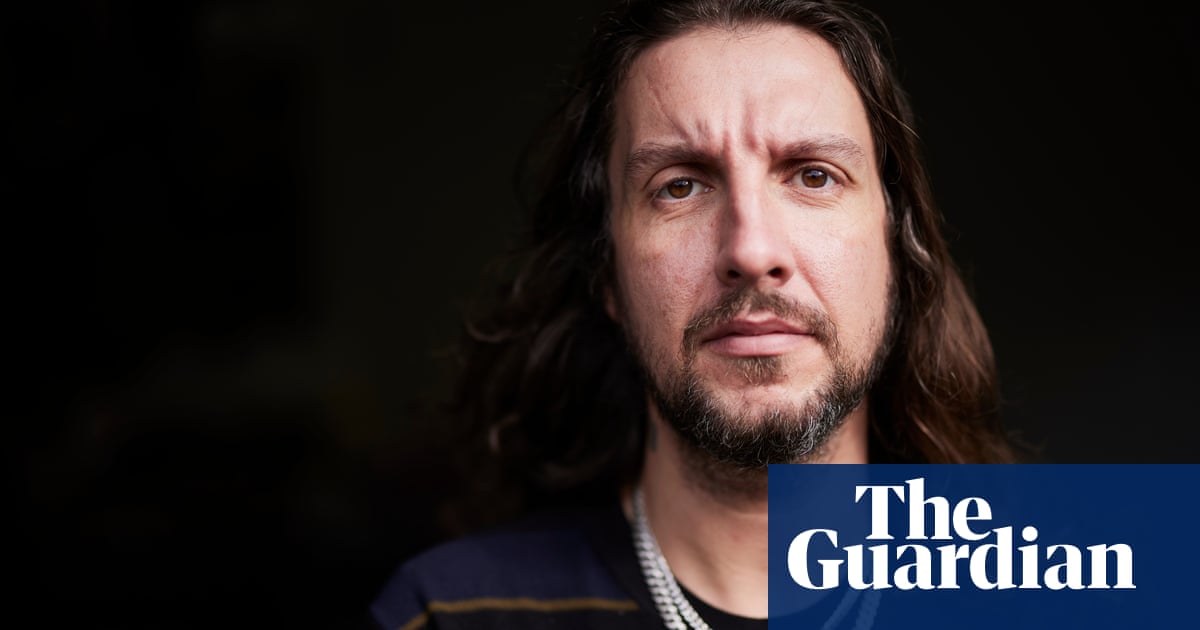
“The whole lot of Kennedys were lady-killers, and they always got away with it,” baseball star Joe DiMaggio, who blamed the political dynasty for the death of his ex-wife, Marilyn Monroe, told his biographer. “They’ll be getting away with it a hundred years from now.”
Death by air crash. Death by water. Death by suicide. These are just some of the fates of women who have associated with the Kennedys, as chronicled by investigative journalist Maureen Callahan in Ask Not: The Kennedys and the Women They Destroyed, a book published on Tuesday that explores the “real Kennedy Curse” and reads like a grisly soap opera.
Just as America’s founders have recently undergone a reckoning over race, Callahan argues that the family often treated as political royalty should face a reckoning over gender. In her account, misogyny runs through the Kennedys like a stick of rock with physical and psychological abuse spanning generations. And Camelot uses its power and wealth to ruthlessly control the narrative.
Callahan writes: “When a life-size bronze statue of JFK was unveiled in DC in 2021, not one bit of news coverage addressed his treatment of women. Not one journalist, essayist, political writer, or cultural critic asked whether this was a man deserving, in our new era, of such a memorial. Not one asked what kind of message his continued celebration sends to women and girls, now and in the future. Ask not, indeed.”
Most topically, the book features John F Kennedy’s nephew, Robert F Kennedy Jr, currently running as an independent candidate for president with a female running mate, Nicole Shanahan. It questions why he has been criticised for his anti-vaccine conspiracy theories and antisemitic statements “but not for his lifelong mistreatment of women”.
Ask Not tells how Mary Richardson, a talented architect with looks evocative of Jackie Kennedy, married Robert in 1994 and had four children with him. She loved the idea of being a Kennedy but found her husband rarely present: his job did not require travel but he travelled all the time.
“Gaslit. That’s how Mary felt,” Callahan writes. “The more pain she was in, the worse Bobby treated her. Some days he wanted a divorce; others, he wanted to bring another woman into their bed, an idea that left her humiliated. She rejected him outright.
“One day Mary had a female friend over and Bobby sauntered in, right out of the shower, and dropped the towel around his waist, exposing himself. Mary had long suspected he was cheating on her, but he would always deny it. He’d tell her she was crazy, that she was the one destroying their marriage and driving him away. Was it any wonder he never wanted to be home?”
Mary found Robert’s diaries. In the back pages were lists of women with whom Robert had had flings. The book elaborates: “He ranked them from one to ten, as if he were a teenager. Ten, Mary knew, was for full-on intercourse. ‘My lust demons,’ he wrote, were his greatest failing.
“He used the word ‘mugged’ a lot – women who, he wrote, just came up to him on the street and said, How about it? If they had sex, he considered himself mugged, a passive victim of aggressive women.
“There were so many – astronomical numbers, Mary said, and she knew a lot of them: The celebrated actress who came to their house and went on vacations with her family. The older model who was always around. The socialite whose husband was one of Bobby’s good friends. A gorgeous royal. The wife of a very famous man. A lawyer. A doctor. An environmental activist. All these beautiful, accomplished women. How could Mary compete?”
Mary became distraught, weeping and drinking and struggling to get out of bed, the book says. Robert tried to forcibly hospitalise her, telling her that she would be “better off dead”. Callahan interviewed Mary’s therapist, Sheenah Hankin. When Robert asked for Mary to be diagnosed as mentally ill, Hankin refused, telling him: “Your wife isn’t mentally ill. She is angry and depressed, but she is not ill.”
Robert began dating the actor Cheryl Hines, who played Larry David’s wife on Curb Your Enthusiasm. He cut off Mary’s credit card and access to cash. Broke, she had to ask other mothers for an extra $20 so she could buy petrol and groceries.
Finally, she hanged herself at home. The book recounts how Mary had put on her yoga clothes and sandals, and walked out to her barn. “When she was found that afternoon, Mary’s fingers were stuck inside the rope around her neck. She had changed her mind. She had tried to save herself.”
Mary’s siblings insisted that her depression had been a direct result of her husband’s cheating and neglect, his threats to take the children and leave her with nothing, “bringing the full weight of the Kennedy family to bear against her”.
Robert, however, portrayed Mary to the world as a disconsolate alcoholic. In his eulogy, he took no responsibility for the anguish that his adultery had caused her. He said: “I know I did everything I could to help her.”
Against her family’s wishes, Mary was buried in the Kennedy family plot in Massachusetts near Eunice Kennedy Shriver, sister of John F Kennedy. But, Callahan writes, “one week later, in the middle of the night, without telling Mary’s siblings or obtaining the required legal permitting, Bobby Kennedy Jr had Mary’s coffin dug up and moved seven hundred feet away … Mary was left to face traffic, no headstone marking her grave, buried alone”.
The title of Ask Not is a nod to the most celebrated line from John F Kennedy’s 1961 inaugural address: “Ask not what your country can do for you – ask what you can do for your country.” America’s 35th president is shown in an unflattering light as a philanderer who exploited his position to prey on young women.
Mimi Beardsley was 19 and working in the White House press office when John took her to a bedroom in the private residence, pushed her on to Jackie Kennedy’s bed and took her virginity. It was the first encounter of many, Callahan writes: “Mimi would be welcomed upstairs only when the First Lady was away, and it was her job to remind him of simple pleasures: small talk, shared bubble baths, and sex, hasty though it always was.”
Callahan notes that, when Beardsley published a memoir, Once Upon a Secret: My Affair with President John F Kennedy and Its Aftermath, it was pilloried by the media but became a New York Times No 1 bestseller. Robert Dallek, a Kennedy biographer, described Beardsley as “entirely credible” and told the Washington Post: “You’re not going to put the genie back in the bottle anymore. This has become part of the public discourse.”
John’s son, John Kennedy Jr, also features in the narrative as a serial risk-taker. With film star looks and charm, he was billed as the world’s most eligible bachelor. He began a relationship with Carolyn Bessette, director of publicity for Calvin Klein, but there were jarring ups and downs. “She was underweight and anxious all the time, using antidepressants and cocaine,” according to the book.
Carolyn observed John Jr’s arrogance, thoughtlessness and reckless driving up close. “There was the time Carolyn and John got pulled over on the Massachusetts Turnpike, the car reeking with the smell of pot, a starstruck cop letting them go without even a warning.
“‘There’s an unwritten rule in Massachusetts,’ John told her, ‘whereby members of my family can commit murder and mayhem’ – after all, decades earlier his uncle Ted had left a young woman to die in three feet of water – ‘and nobody bats an eye.’”
Nevertheless, the couple married in 1996 after a rehearsal dinner where, the book recounts, Carolyn’s mother rose and made a stunning toast. “I don’t know if this marriage is good for my daughter,” she said. “I don’t know if John is right for her.”
Three rocky years later, John Jr wanted Carolyn to accompany him to a family wedding on Cape Cod. Against her better judgment, she agreed to fly with him in the small plane he was still learning to pilot. “Carolyn said this to family members, friends, the waitress at their favorite restaurant in Martha’s Vineyard. She didn’t think her husband had the patience, the diligence, the attention span, and, really, the humility to be a good pilot.”
She was tragically vindicated. John Jr did not file a flight plan and cut off all communication with air traffic control. An American Airlines flight had to divert to avoid a midair collision. John Jr kept climbing and could soon not tell up from down.
“The plane went into a graveyard spiral, falling 900 feet per minute. Carolyn and [her 34-year-old sister] Lauren would have known they were going to die. The sheer force of gravity and speed would have been terrifying as they spun at 200 miles per hour, nose first, into the ocean.”
Once again, Callahan writes, the myth-making Camelot machine ensured that, in the 25 years since the crash, Carolyn has been cast as a “drug-addled harridan who made the last days of America’s prince so miserable.
“And, so goes the implication: if John Jr hadn’t been so miserable he wouldn’t have been so distracted, and if he hadn’t been so distracted he wouldn’t have crashed the plane. This has become conventional wisdom, accepted as fact, and it’s left Carolyn’s sister Lauren a footnote – still more collateral damage.”
One of the family’s darkest chapters unfolded in 1969 when Senator Edward Kennedy accidentally drove off a bridge in Chappaquiddick, an island in Massachusetts. His car flipped upside down into a pond he swam to safety. His passenger, a 28-year-old aide named Mary Jo Kopechne, died inside the water-filled car. Kennedy did not seek help at the nearest house nor report the incident to authorities for 10 hours.
“At the inquest,” Callahan notes, “John Farrar, the diver who recovered Mary Jo’s body the next afternoon, testified that Mary Jo had not drowned but had suffocated to death. He said she had been alive for at least an hour in the water, maybe longer.”
Kopechne could have been saved. Yet, the author argues, that criminal act was successfully transformed into “Ted’s tragedy”, a terrible accident that unfairly denied him the presidency. He became revered as the “lion of the Senate” instead. She adds: “Ted Kennedy served out the rest of his life in Congress and was given a statesman’s funeral with wall-to-wall news coverage, while Kopechne’s name was barely mentioned.”
Drawing on archives, interviews with surviving family members and friends, and biographies, memoirs and contemporaneous news reports, Callahan details the stories of several more women whose lives were upended by the Kennedys. Some were involved in notorious affairs and scandals that made lurid headlines; others became tragedies that were marginalised and mostly forgotten.
The New York-based author observes: “Any victims who dare to fight back will find themselves confronting the awesome power of the Kennedy machine, one that recasts any woman, no matter how wealthy or famous or powerful, as crazy, spiteful, vengeful; a drug addict, a viper, a seductress.
“Whatever grievous harm a Kennedy man may have done to her, the message remains clear: She was asking for it. It was her fault. Thus Camelot, that fairy tale of Kennedy greatness and noble men, still stands.”
Ask Not by Maureen Callahan (HarperCollins, £25). To support the Guardian and Observer, order your copy at guardianbookshop.com. Delivery charges may apply.
In the US, you can call or text the National Suicide Prevention Lifeline on 988, chat on 988lifeline.org, or text HOME to 741741 to connect with a crisis counselor. In the UK and Ireland, Samaritans can be contacted on freephone 116 123, or email jo@samaritans.org or jo@samaritans.ie. In Australia, the crisis support service Lifeline is 13 11 14. Other international helplines can be found at befrienders.org.












